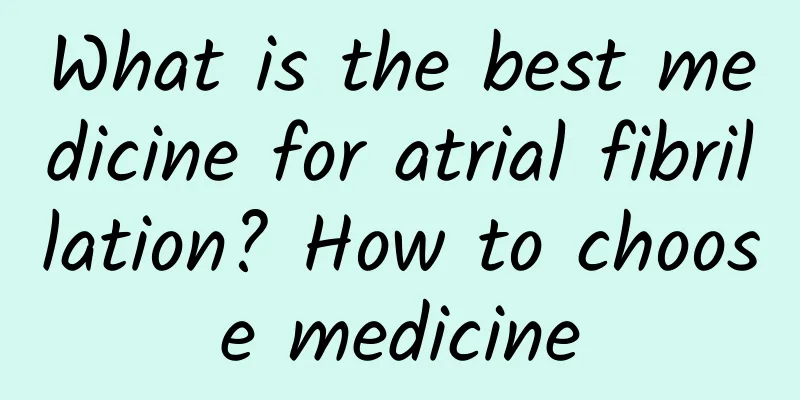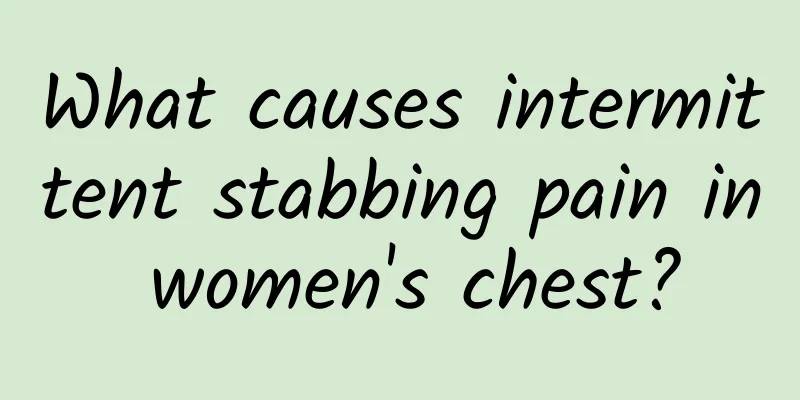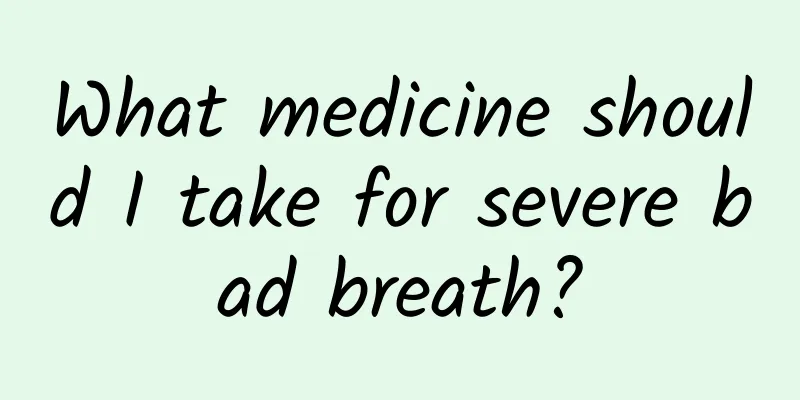What is the best medicine for atrial fibrillation? How to choose medicine

|
Atrial fibrillation can be paroxysmal, persistent or chronic. Paroxysmal atrial fibrillation is more common among male patients, and many of them do not have organic lesions. The choice of drug treatment for atrial fibrillation must follow certain principles and understand the relevant drug treatment strategies. 1. Cardioversion and maintenance of sinus rhythm : It is the first choice treatment for paroxysmal and persistent atrial fibrillation. The longer the duration of atrial fibrillation, the more likely it is to cause atrial electrical remodeling and it is difficult to cardiovert. Therefore, cardioversion treatment should be started as early as possible. Paroxysmal atrial fibrillation can usually be converted by itself. If the ventricular rate is not fast, the hemodynamics is stable, and the patient can tolerate it, he can be observed for 24 hours. If it still cannot recover after 24 hours, cardioversion is required. Some people also advocate that drugs should be used to control the attack as long as it occurs. For patients with persistent atrial fibrillation for more than 1 year, the success rate of cardioversion is not high, and it is difficult to maintain even if cardioversion is performed. Before cardioversion treatment, possible inducing or influencing factors should be identified and dealt with, such as hypertension, hypoxia, acute myocardial ischemia or inflammation, drinking, hyperthyroidism, gallbladder disease, etc. Sometimes when the above factors are removed, atrial fibrillation may disappear. In the absence of the above factors or after the removal of the above factors, if atrial fibrillation still exists, cardioversion treatment is required. For organic heart disease (such as coronary heart disease, rheumatic heart disease, cardiomyopathy, etc.), its own treatment cannot replace cardioversion treatment. ① Drug conversion: The following is the clinical drug selection method. A. For patients with paroxysmal atrial fibrillation without organic heart disease and patients with paroxysmal atrial fibrillation with organic heart disease (but not coronary heart disease and without left ventricular hypertrophy), Class IC drugs such as propafenone can be used first, followed by sotalol and ibutilide. If it is still ineffective, amiodarone can be used as the first choice. B. For patients with organic heart disease or heart failure: Amiodarone is the drug of choice. C. Patients with coronary heart disease (including acute myocardial infarction) and atrial fibrillation: amiodarone should be the first choice, and sotalol should be the second choice. D. Vagal-mediated atrial fibrillation: Amiodarone, or amiodarone combined with flecainide, or disopyramide (disopyramide) can also be used. At present, most of the drugs used in my country for patients with organic heart disease and atrial fibrillation are still Class I antiarrhythmic drugs, but they can increase the mortality rate of such patients, so they should be taken seriously. Patients with atrial fibrillation of organic heart disease, especially coronary heart disease and heart failure, should try to use amiodarone and sotalol, and avoid the use of Class IA (quinidine) and Class IC (propafenone) drugs. ② Cardioversion: Cardioversion is used for atrial fibrillation that is resistant to drug cardioversion. In addition, when paroxysmal atrial fibrillation occurs, the ventricular rate is often too fast, which may also cause low blood pressure or even syncope (such as combined with preexcitation syndrome, rapid anteversion through the bypass pathway and hypertrophic obstructive cardiomyopathy). Cardioversion should be performed immediately. For atrial fibrillation with preexcitation syndrome and anteversion through the bypass pathway or any atrial fibrillation that causes a drop in blood pressure, cardioversion should be performed immediately. Cardioversion is fast-acting and has a high success rate. Patients who need to use drugs to maintain sinus rhythm after cardioversion should prepare the drugs before cardioversion. Patients taking amiodarone should preferably perform cardioversion after the loading dose is completed. Quinidine can also be used for preparation. Patients who intend to use amiodarone for cardioversion can also try cardioversion when the loading dose is used up but the heart is not converted. ③ After cardioversion, medication should be used to maintain sinus rhythm: At this time, you can continue to use the maintenance dose of each effective drug, but amiodarone is the first choice after electric shock cardioversion. 2. Prevent or reduce the onset of atrial fibrillation : Mainly aimed at the onset of paroxysmal atrial fibrillation. Occasional paroxysmal atrial fibrillation does not require maintenance medication to prevent attacks. For example, those who have 1 to 2 attacks in several months or a year. For more frequent paroxysmal atrial fibrillation, treatment can be started during the attack, or medication can be started during the interval between attacks. The efficacy should be judged by whether the onset of paroxysmal atrial fibrillation is effectively prevented. |
<<: Causes of atrial fibrillation: organic heart disease is the most common
>>: What to do when atrial fibrillation occurs? Scientific treatment of acute atrial fibrillation
Recommend
What is the difference between a fracture and a bone
A fracture is a break in the bone structure, so m...
Can boiling water with willow twigs cure skin diseases?
Boiling willow twigs in water should not cure ski...
What is KT syndrome? Characteristics and manifestations of KT syndrome
KT syndrome is a genetic disease characterized by...
Pregnancy forty days leucorrhea increase
After women become pregnant, the estrogen level i...
What are the symptoms of baby's intestinal gas
Every newborn is a gift from God to its mother. O...
What causes urinary tract infection?
Urinary tract infection is caused by bacteria, vi...
Are there serious consequences for stopping psychiatric drugs?
Mental illness is a factor that has a great impac...
What are the benefits of Maca plus honey
I believe everyone knows Maca. Maca is a particul...
Pharyngitis and bad breath are annoying, a cup of tea can help you solve them!
It is autumn now, the weather is getting cooler a...
What causes yellow and foamy urine?
I don’t know if you have ever paid attention to y...
What is the difference between urinary incontinence and water breaking?
Everyone should know that when a pregnant woman s...
Can Tianma stewed goose eggs cure headaches?
Gastrodia elata is a relatively common Chinese me...
Why does a newborn baby make a humming sound when sleeping?
Newborns always make grunting sounds when they ar...
What is tinnitus?
There are many common problems, and we need to ch...
What are the symptoms of encephalitis causing convulsions?
Encephalitis is a common phenomenon in children, ...









